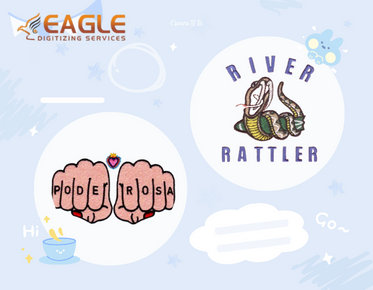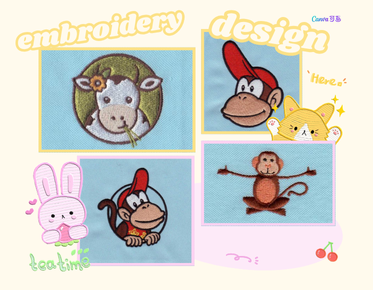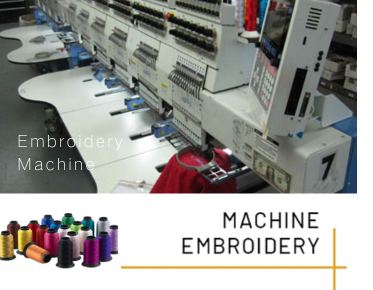What is the Best Program to Digitize Embroidery?
Embroidery digitizing is a crucial process for anyone involved in the embroidery business or hobby. It involves converting artwork into a digital file that embroidery machines can read. With the right software, this process can be streamlined, ensuring high-quality results and efficient production. But with so many options available, choosing the best program to digitize embroidery can be daunting. This article will explore some of the top programs available, their features, and what makes them stand out.
Understanding Embroidery Digitizing Software
Embroidery digitizing software is designed to help users convert images and designs into stitch files. These files are then used by embroidery machines to create the desired patterns on fabric. The software typically offers a range of tools for editing and customizing designs, such as adjusting stitch types, densities, and colors. The best software will offer a balance of ease of use, functionality, and support for various file formats.
Top Embroidery Digitizing Programs
Wilcom Embroidery Studio
Wilcom is often considered the industry standard for embroidery digitizing. It offers a comprehensive suite of tools for both beginners and advanced users. The software supports a wide range of file formats and provides advanced features like auto-digitizing, which can save time by automatically converting images into stitch files. Wilcom's robust support and community make it a top choice for many professionals.
Hatch Embroidery
Hatch Embroidery, developed by Wilcom, is another popular choice, especially for small businesses and hobbyists. It offers a user-friendly interface and a range of features that cater to different skill levels. Hatch provides excellent value with its modular pricing, allowing users to purchase only the features they need. This flexibility makes it an attractive option for those just starting in embroidery digitizing.
Embird
Embird is known for its affordability and versatility. It supports a wide range of embroidery machine formats and offers various plug-ins for additional functionality. Embird's modular approach allows users to expand their capabilities as needed, making it a cost-effective solution for many embroiderers.
Brother PE-Design
Brother PE-Design is tailored for Brother embroidery machines but supports other formats as well. It offers a range of features, including photo stitch, which converts photos into embroidery designs. The software is user-friendly and provides a good balance of features for both beginners and experienced users.
Choosing the Right Software
When selecting embroidery digitizing software, consider your specific needs and budget. If you're a beginner, look for software with a user-friendly interface and good support resources. For professionals, advanced features and compatibility with various file formats are crucial. It's also important to consider the type of embroidery you plan to do, as some software may offer specialized tools for certain techniques.
The Role of Professional Services
For those who prefer not to handle digitizing themselves, professional embroidery digitizing services can be a valuable resource. Companies like Eagle Digitizing offer expert services that ensure high-quality results. With over 25 years of experience, Eagle Digitizing provides quick turnaround times and a satisfaction guarantee, making them a reliable choice for businesses and individuals alike.
Future Trends in Embroidery Digitizing
As technology advances, embroidery digitizing software continues to evolve. We can expect to see more automation and AI-driven features that simplify the digitizing process. Additionally, cloud-based solutions may become more prevalent, offering greater flexibility and collaboration opportunities. Staying informed about these trends can help you choose software that will remain relevant and effective in the years to come.
Ultimately, the best program to digitize embroidery will depend on your specific needs and preferences. Whether you choose to invest in software or rely on professional services, understanding the options available will help you make an informed decision that enhances your embroidery projects.



